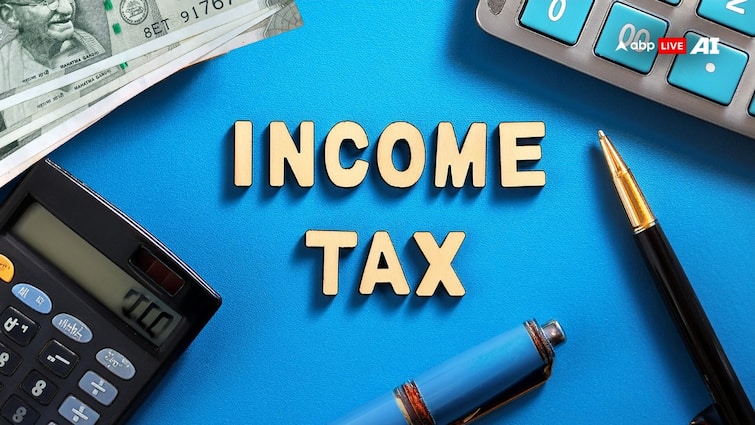Introduced in 2020, the new tax regime changed how people look at taxes. The old regime allowed various exemptions and deductions and exemptions, while the new one is aimed at lowering the tax rate and putting more money in the taxpayer’s hands. In the bargain, the new regime did away with most of the deductions and exemptions offered under the old regime. However, there are certain deductions that still remain valid and are now common to both regimes. Let’s find out which these are.
Standard deduction (Salaried individuals and pensioners)
Salaried individuals and pensioners can now avail of standard deduction not just under the old regime, but also the new one. The amounts, however, differ—the old regime offers a fixed Rs 50,000 deduction while the new regime offers a Rs 75,000 deduction (FY 2024-25 or AY 2025-26). This deduction is automatically applied when you file your tax under your chosen regime, helping you lower your tax liability.
Employer’s contribution to EPF and NPS
Your employer’s contributions to retirement plans like EPF and NPS are tax-exempt under both regimes up to Rs 7.5 lakh per year. However, contributions beyond this amount will be taxed in the employee’s hands.
Gratuity pay out
Under the old tax regime, gratuity pay outs up to Rs 20 lakh are tax exempt. The limit was earlier fixed at Rs 10 lakh. On the other hand, this benefit was not available to eligible taxpayers under the new tax regime until a CBDT Circular was issued in May 2025, allowing gratuity up to Rs 5 lakh to be exempt even under Section 115BAC(1A)] of the new regime.
Family pension deduction
Family pension is a regular payment made to the spouse or dependent of a deceased employee. Under the old tax regime, family pensioners are allowed a deduction of Rs 15,000. This deduction limit has been increased in Budget 2024 to Rs 25,000 but only applies under the new tax regime for FY 2024-25.
The Agnipath scheme, launched in 2020, recruits youth for a four-year stint in the armed forces, where Agniveers and the government both contribute to a SevaNidhi corpus, payable at the end of service.
For tax purposes, an Agniveer’s own contribution to the Agnipath scheme is deductible only under the old regime, while the government’s matching contribution is deductible under both regimes. Notably, no deduction on self-contribution is allowed under the new tax regime.
Popular deductions excluded from the new regime
In an effort to reduce the common man’s tax burden, the new tax regime features revised tax slabs. However, most exemptions and deductions, including popular ones, have not made it to the new regime in favour of simplicity. Here are some of those:
- Section 80C – Investments in PPF, ELSS, NSC, life insurance premiums, repayment of home loan principal, tuition fees.
- Section 80D – Health insurance premiums.
- Section 80E – Interest paid on education loan.
- Section 24(b) – Home loan interest paid for self-occupied property.
- Section 80G – Donations.
- Section 80TTA/80TTB – Deductions for savings account interest.
- House Rent Allowance (HRA) and Leave Travel Allowance (LTA).
The new tax regime, while leaner, offers limited tax-saving avenues. If you depend on deductions under Sections 80C and 80D, the old regime may serve you better. On the other hand, if lowering your overall tax burden is the priority, the new regime could work in your favour. Deductions available under both regimes are an added advantage that can still help reduce your liability. Before filing, compare your tax outgo under each system to choose the one that best fits your situation.
(The author is the Senior Manager, Communications at BankBazaar.com. This article has been published as part of a special arrangement with BankBazaar)



